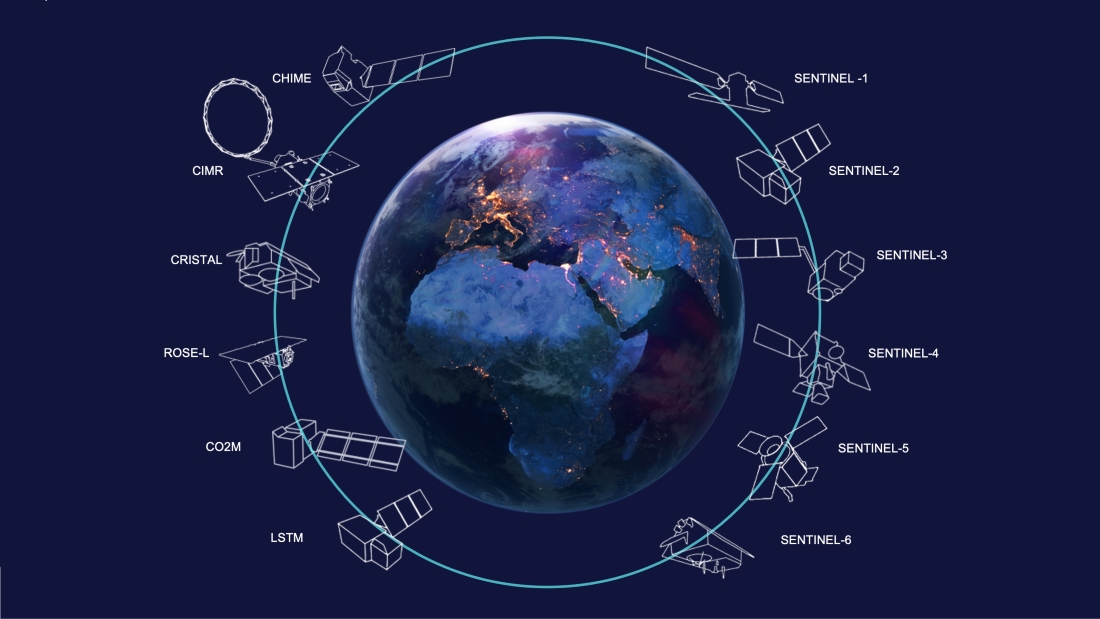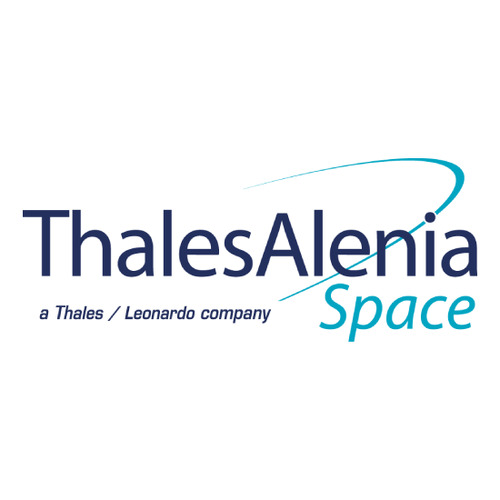On December 18, 2019, Arianespace successfully launched Soyuz flight VS23 carrying five satellites. The mission was especially important for Thales Alenia Space and won’t be forgotten. The two “star” passengers were the first second-generation COSMO-SkyMed radar observation satellite, built by our company for the Italian space agency ASI and Ministry of Defense, and CHEOPS (CHaracterizing ExOPlanet Satellite), part of a science collaboration between the European Space Agency and Switzerland. Their co-passengers were the ANGELS nanosatellite, developed by French industry and paving the way for spaceborne Internet of Things (IoT), and two CubeSats: OPS-SAT and EyeSat. The ANGELS mission was led by the French space agency CNES with Hemeria as prime contractor. The Argos Neo miniaturized data capture instrument was developed for this mission by Thales Alenia Space with Syrlinks as main partner. Today, however, we’re going to focus on a successful artificial intelligence (AI) technology demonstration conducted on OPS-SAT.
About OPS-SAT

OPS-SAT is a European Space Agency (ESA) technology demonstrator. Its purpose is to trial mission control improvements that will be possible when satellites carry computers as powerful as those here on Earth. A real “flying lab”, this CubeSat is being used to test new techniques in mission control and onboard systems.
OPS-SAT offers a rare chance to evaluate these kinds of techniques in space. Once a satellite is launched, it can’t be serviced in orbit, and no one wants to take the slightest risk with a conventional satellite. OPS-SAT is a low-cost CubeSat that’s robust enough to withstand any potential malfunctions caused by in-orbit testing. ESA teams have used the spacecraft to upload and trial new, technologically disruptive software devised by test engineers, which just wouldn’t be possible with a conventional satellite.
OPS-SAT measures just 30 cm (11.8 in) long, yet it carries an experimental computer 10 times more powerful than any current ESA satellite. The program was led by Graz University of Technology in Austria as prime contractor, working with European partners.
Artificial intelligence on OPS-SAT

Thales Alenia Space has coordinated and funded the CIAR (autonomous and responsive image chain) project with our partners at the IRT Saint-Exupéry technology research institute in France. The goal of CIAR is to study the technologies needed to implement AI in order to process imagery on satellites, drones and other robotic platforms.
After a call for interest, CIAR was chosen to perform in-orbit demonstrations as part of the OPS-SAT mission. In 2021, the CIAR consortium worked with ESA to upload a neural network onto a field-programmable gate array (FPGA) on the satellite. Deploying a neural network on this type of device has never been done in orbit, making it a first in the space sector!
Testing a real-world AI application

As well as its onboard computer, OPS-SAT carries a small camera with a resolution of 50 meters (164 ft). Not all AI use cases are feasible at this resolution. One potential service identified by the CIAR team, however, is cloud detection on images. Pixels covered by cloud can’t be used to help generate maps, for example, or track the evolving situation in a military theater of operations. By identifying cloud-obscured pixels with a high degree of precision, they can likely be removed at source to preserve satellite memory and bandwidth. This is exactly the kind of real-world application that can be tested on OPS-SAT.
New AI applications on the horizon

Artificial intelligence on satellites opens the way for a huge array of applications. In environmental monitoring, it could be used to raise real-time alerts in response to fire outbreaks or marine pollution, for example. And in defense, AI could locate objects of interest in a vast theater of operations in just seconds.

Thales Alenia Space is a major partner in Copernicus — we’re involved in 11 of the 12 missions under this program, coordinated by the European Commission. Take the CHIME mission, for example, developed with our company as prime contractor. ESA plans a whole host of applications based on in-orbit AI, from forest fire detection and volcano and flood risk mitigation to satellite monitoring of water, soil and vegetation quality and propagation of methane and other greenhouse gases.
AI is set to play an ever-growing role on these kinds of missions in the near future, on both the ground and space segments. Thales Alenia Space joins IRT Saint Exupéry and the other CIAR partners in hailing this exciting milestone — it’s a real game-changer in space and considerably expands the range of new functions and services satellites will be able to perform.
Our AI experiment on OPS-SAT was presented at the European Workshop on On-Board Data Processing (OBDP 2021) organized by ESA, CNES and the German aerospace agency DLR. For a brief technical rundown, click here.
For more info about CIAR, you can contact the Project Manager, Adrien GIRARD: adrien.girard@thalesaleniaspace.com
Copyrights: OPS-SAT © ESA - Copernicus & CHIME © Thales Alenia Space/Master Image Programmes


